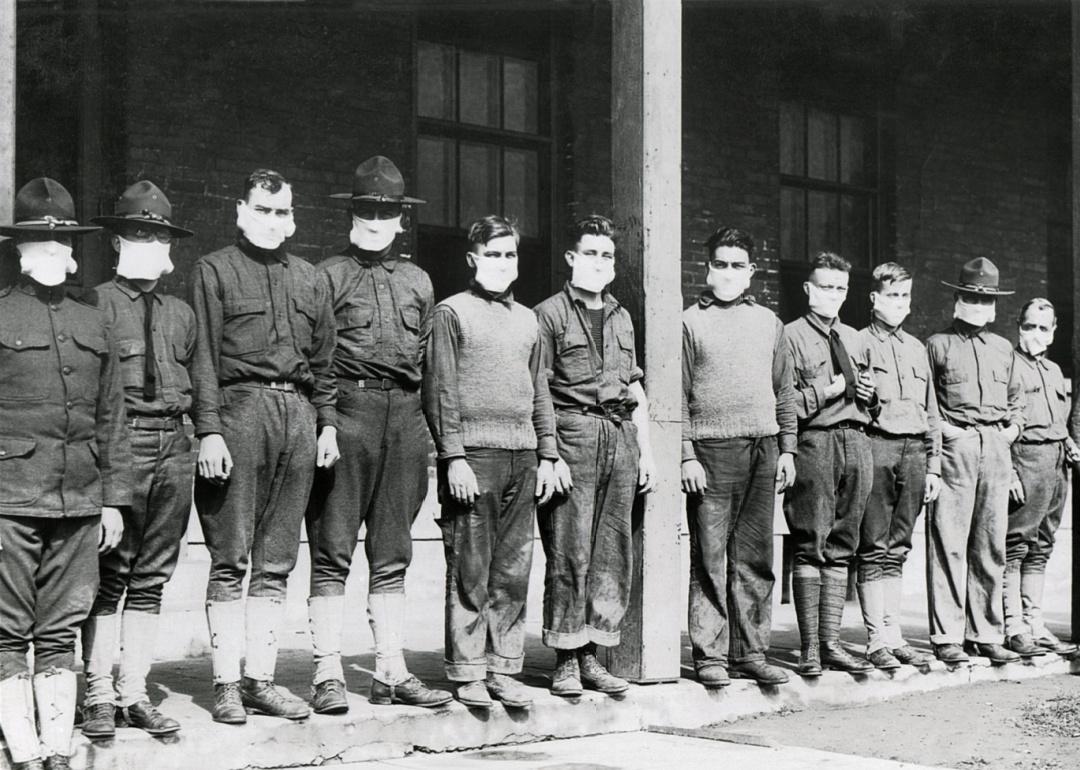
How El Paso fared during the 1918 Spanish Flu Pandemic
The 1918 influenza pandemic is the deadliest in recorded history, killing roughly 50 million globally and about 675,000 in the U.S.—though this number has been surpassed by COVID-19 deaths in the U.S. The first sign of the flu in the U.S. appeared in the spring of 1918, and at first did not appear to be particularly deadly. That fall, however, another, far more lethal strain of the virus appeared, killing some within days or even hours of the initial onset of symptoms. Without vaccines to ward off the flu, public health measures like masking, quarantining, and shutting down public spaces like schools and churches were somewhat sporadically implemented. In their desperation to alleviate symptoms, some doctors prescribed what is now known to be a toxic dose of aspirin to flu patients, likely leading to even more deaths.
Without a centralized pandemic response, U.S. cities were largely left to their own devices when it came to controlling the spread of the flu. While some cities, like St. Louis, diligently closed public spaces and banned large gatherings, resulting in significantly fewer deaths from the flu, whereas others, such as Philadelphia, ignored these measures and hosted large parades—what would now be labeled a "superspreader event." In order to determine how El Paso fared during the 1918 Spanish flu pandemic, Stacker compiled statistics on El Paso using data hosted on OSF, researched by Elizabeth Wrigley-Field and Martin Eiermann.
Annual mortality rates per 100,000
- Total mortality rate, 1918: 1,367.9 (172.2% higher than 1917 baseline)
--- #2 highest among the 70 cities in study
- Total mortality rate, 1919: 549.1 (9.3% higher than 1917 baseline)
- Total mortality rate, 1920: 535.1 (6.5% higher than 1917 baseline)
Mortality rate breakdown per 100,000, 1918
- Nonwhite mortality rate: 416.6
- White mortality rate: 1,492.6
- Mortality rate gap: -1,076.0
- Population: 58,775
Cities with highest mortality rate in 1918
#1. Chester, PA: 1,481.6
#2. El Paso, TX: 1,367.9
#3. Columbia, SC: 1300.0



